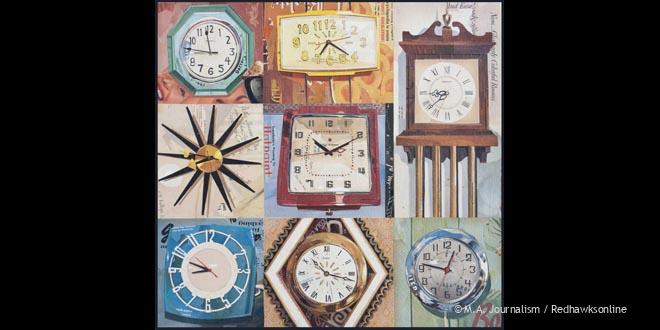Complexity of curfew laws, uneven enforcement creates confusion for teens
Aidan Phelps and Asa Wold, two 15-year-old freshmen, want to see the new movie Deadpool 2 this week. They could see it at Rosedale, Southdale or the Mall of America.
They decide to meet  Friday for the 9:45 p.m. showing at Rosedale AMC. The movie ends at 11:45, and they plan to take an Uber home.
Friday for the 9:45 p.m. showing at Rosedale AMC. The movie ends at 11:45, and they plan to take an Uber home.
Since they would be in Ramsey County, and they are both 15 years old, they could be arrested for violating the curfew law.
But if they had seen the 9 p.m. showing at Southdale, they wouldn’t have to take that risk, because they would be in Hennepin County, where the curfew is midnight, though they’d violate curfew if they saw the same movie on Thursday night.
Any after-school movie at the Mall of America would violate curfew on Friday, when anyone under 16 is required to have a 21-year-old guardian with them after 4 p.m.
Curfews have been used since the Civil War were and revived in the 1950s and ’60s, but it wasn’t until recent decades that most cities had imposed a juvenile curfew.
They were created in response to a surge of violent juvenile crimes, but since then adult crime has risen rapidly, and there have been few sufficient statistics that support juvenile curfews. That is why more people have recently started to question curfew laws, and whether they are an effective tool for decreasing crime.
They are also confusing to most teenagers and their parents, especially when friends live in different cities and counties, as is common at Minnehaha Academy.
Some shopping malls also adopted curfews not only to reduce theft but also as a way to attract shoppers that would normally avoid the mall because of the presence of unsupervised teenagers.
Mall of America was the first mall in the USA to impose a juvenile curfew.
Ryan Heylin, a field training officer at Mall of America Security, said that a curfew was originally made to prevent gang activity at the Mall of America in 1996. He said that today curfews are still enforced for the protection of kids.
“I definitely agree that [curfew] keeps [human] trafficking down,” said Heylin.
The reasons behind imposing a nocturnal curfew do have some obviously understandable purposes, but the laws themselves are hard to follow. All of the cur- few times depend on what city or county you are in, how old you are and what day of the week it is.
“I didn’t even know I was out past curfew,” said freshman Jack Stordahl, who had a near run-in with the police.
According to the Dakota County Juvenile Services, someone has to be intentional on understanding the curfew, because it’s the responsibility of the minor to know.
A study done by the American Civil Liberties Union, between 2012 and 2014, showed that 40 percent of low-level youth arrests in Minneapolis were for curfew violations, and of those curfew violations, 56 percent of the kids arrested were black and only 17 percent were white.
The ACLU says that this racial bias is most likely the result of unequal and over-policing in black neighborhoods. They question if criminalizing kids at a young age for low-level crimes like curfew will really help them trust the criminal justice system well.
Curfew laws are also frequently accused of being unconstitutional.
In 2008, curfew was declared unconstitutional and illegal in Rochester, N.Y. The New York State Supreme Court found the law to violate juvenile’s free speech rights, parent’s due process rights of raising their children and “created criminal responsibility for a violation.”
Curfews still have their defenders. Curfew is a way for officers to control a situation that needs more control, according to the Dakota County Juvenile Services.
All the confusing and contradicting aspects of the law contribute to the main question about curfew, if curfew is really worth enforcing just to prevent small juvenile crime and infrequent victimization.
While a small amount of the juvenile population is responsible for juvenile violent crimes, all juveniles can be arrested for curfew.
Even if curfews are meant to protect the safety of minors, civil rights organizations claim they neglect the source of the danger and instead target innocent juveniles, giving police officers a distraction, not a solution.

